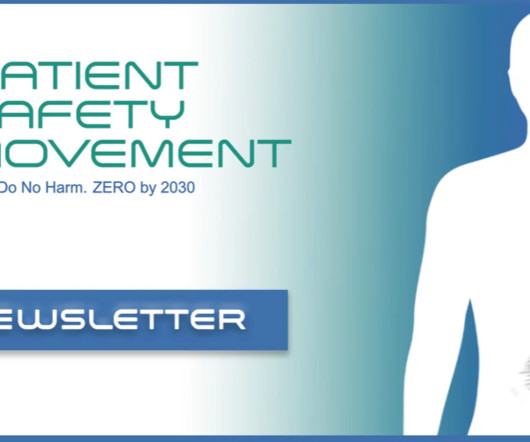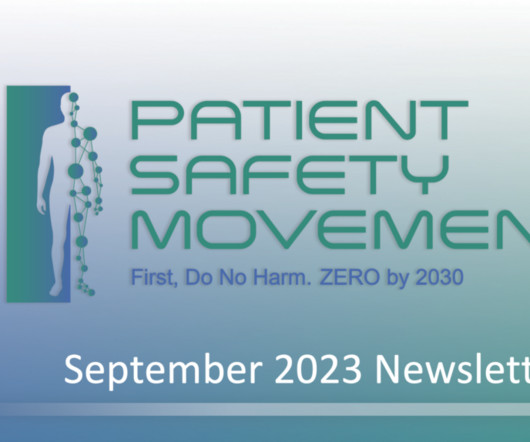Newsletter, March 2024
Patient Safety Movement
MARCH 28, 2024
Early detection coupled with a healthy diet and exercise could prevent over 90% of deaths caused by this type of cancer. ECRI, the healthcare quality and safety group, named its top 10 patient safety concerns for 2024. 1 Colorectal cancer is the third most diagnosed cancer in the United States in adults.












Let's personalize your content